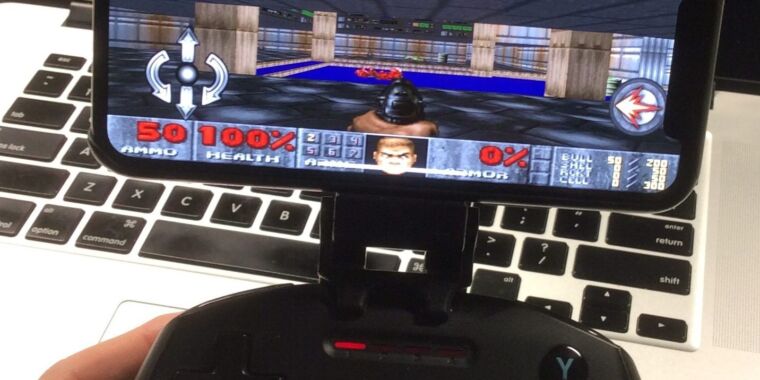Purpose of Piano Transcription
Music transcription is the process of translating a piece of music into a written format that can be read and played by musicians. It can be done on paper with musical notation software, or with a piano keyboard. The goal of a transcription is to capture the exact sound and intention of a composer’s work, so that it can be performed in other ways than the original instrumentation. It is also often used to teach new musicians how to play a composition by reading the notes and understanding the music structure.
The 18th and 19th centuries saw a large amount of chamber and orchestral music transcribed for piano. This allowed students to study and learn these works without the expense of hiring a full orchestra. Today, it is still a common practice for piano teachers to transcribing orchestral pieces to give their students the opportunity to learn these works on their own.
Piano transcription can be a complicated task, especially when multiple pitches are sounding simultaneously in the recording. Each note produces a composite of sound vibrations at different mathematically related frequencies. These harmonics can be analyzed to reveal the individual notes within a chord, and then analyzed further to detect subtle details like rhythmic phrasing and pitch variation. These complexities are what make the process of piano transcription challenging, even for human experts.

What Is the Purpose of Piano Transcription?
It’s important to use the best tools available for transcribing music. For example, using a digital audio workstation (DAW) like Reaper will save a lot of time by having efficient keyboard shortcuts for moving quickly through the source material. It is also helpful to use headphones to reduce background noise, especially if you are working in an environment that can’t be completely quiet. Finally, a good quality sound system is essential to play back the source material at a sufficiently low level so that you can hear what you are transcribing accurately.
Besides having good aural skills, transcription also requires deduction skills. Listening to a song or piece of music over and over again until you have a clear picture in your head of what is being played is the key to successful transcription. This can be very difficult at first, but it will pay off in the long run when you are able to transcribe songs or passages that you would not have been able to pick out by ear on your own.
Music transcription can be particularly difficult for the musician who plays more than one instrument because of the differing timbres, instruments, and playing techniques of each instrument. The process of transcribing music for multiple instruments can be improved by employing advanced algorithms that are effective at tracking pitch variations.
A good way to improve your piano transcription is to start small and work up to more complex songs. A minor 12-bar blues progression or a simple classical piece is a great place to begin. By listening to these more complex songs, you will be able to develop your transcription skills with less risk of error.



